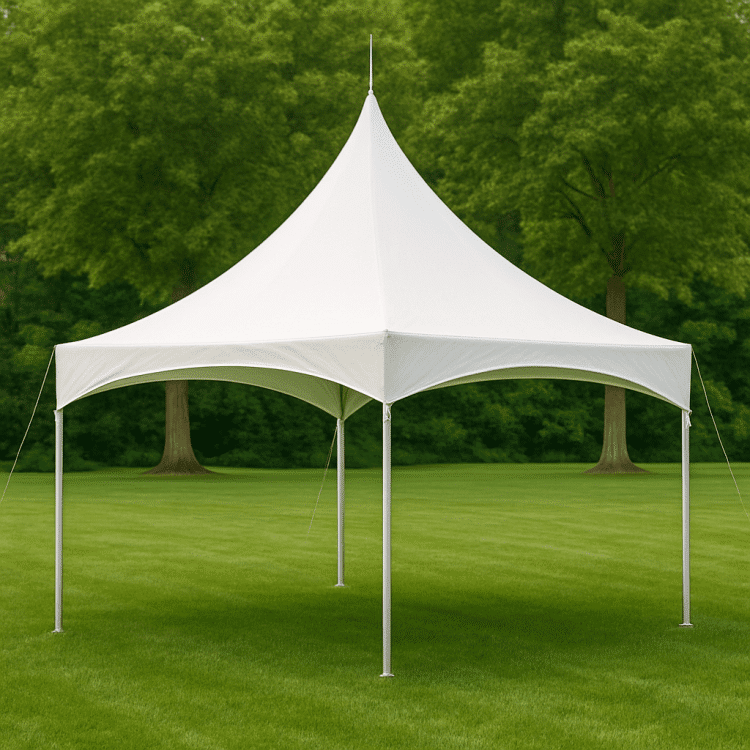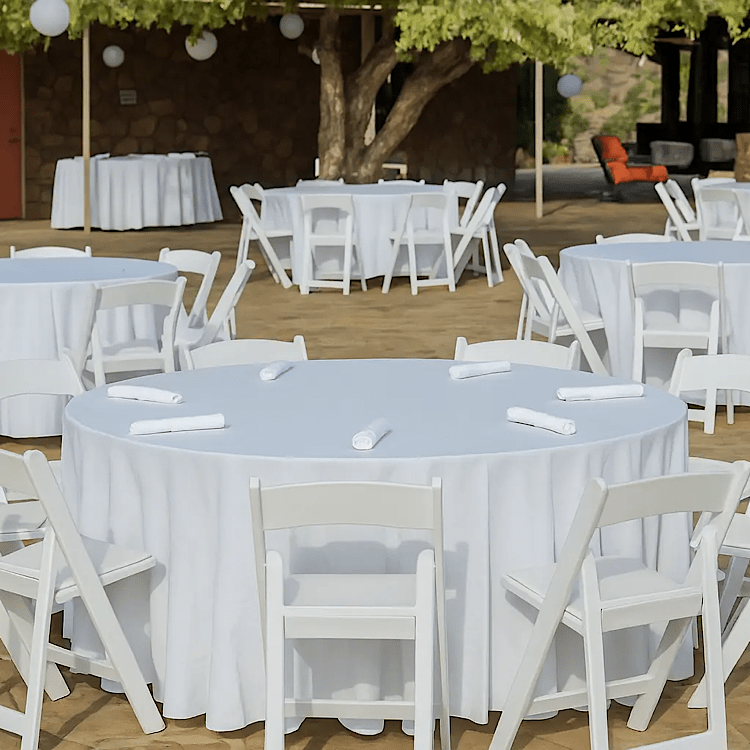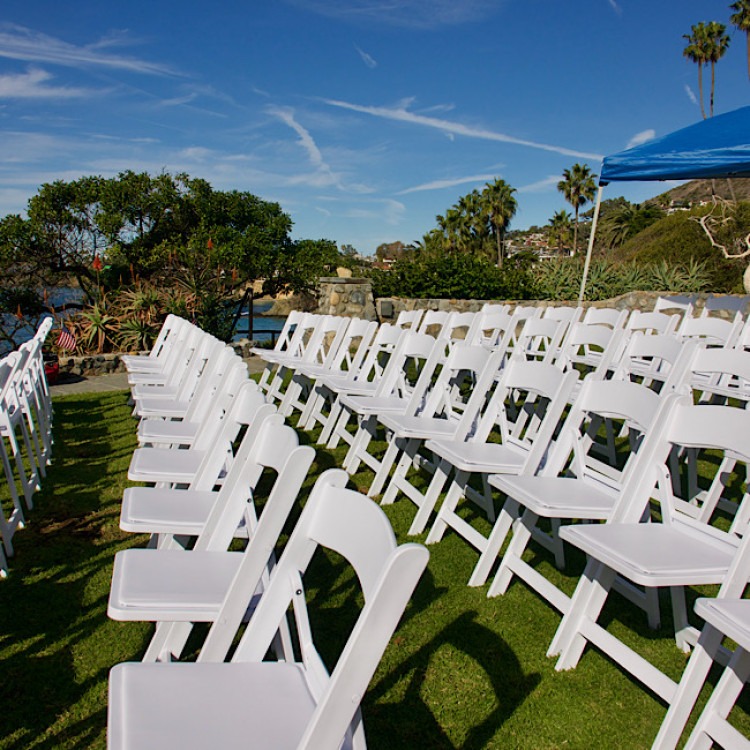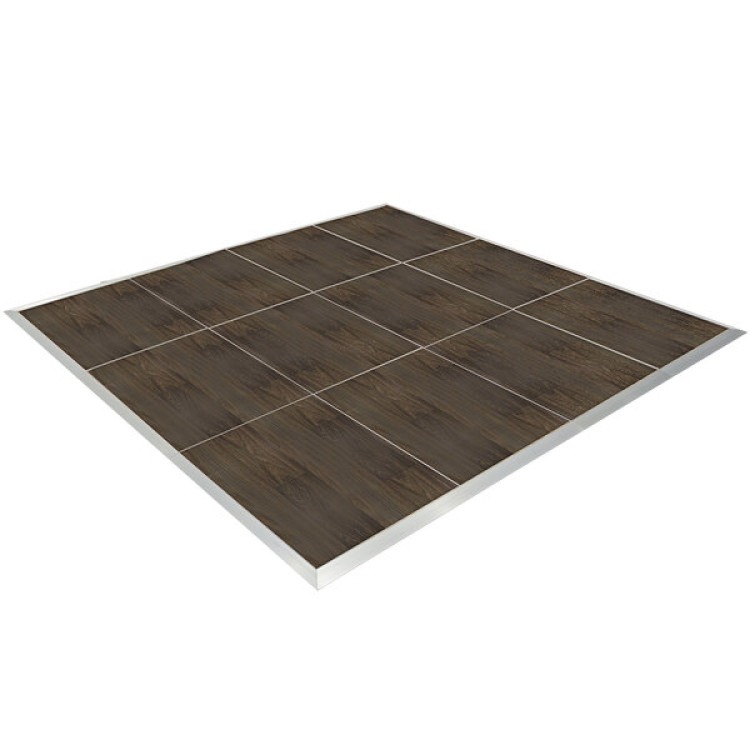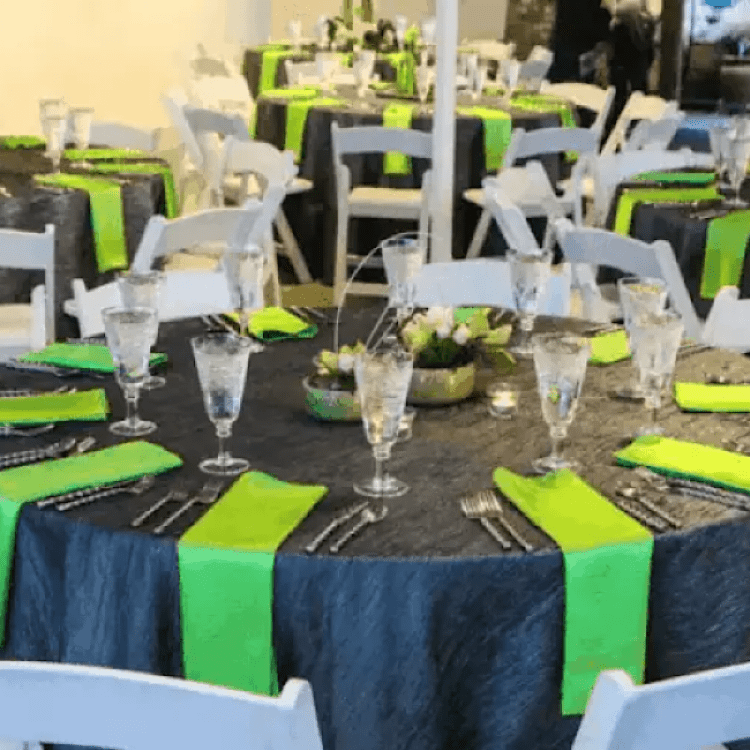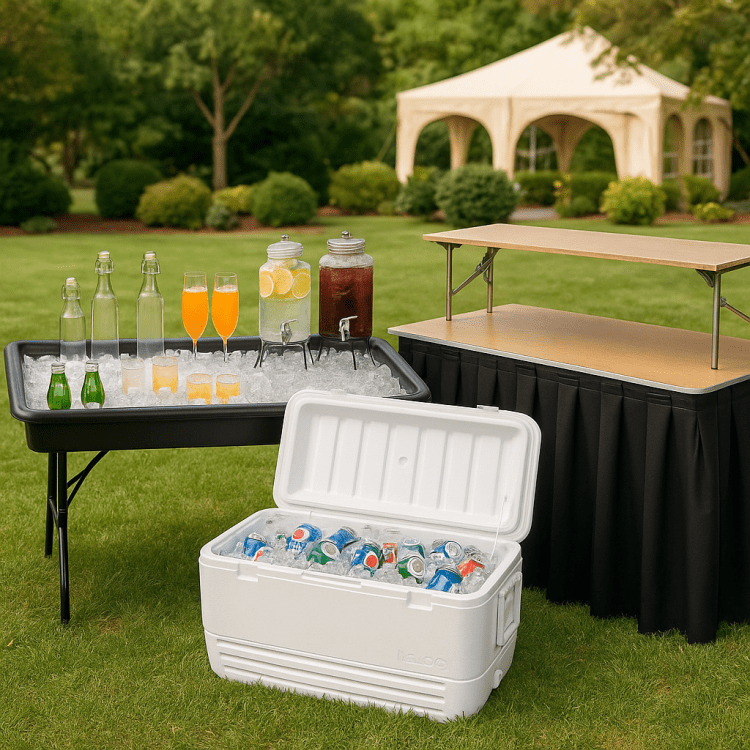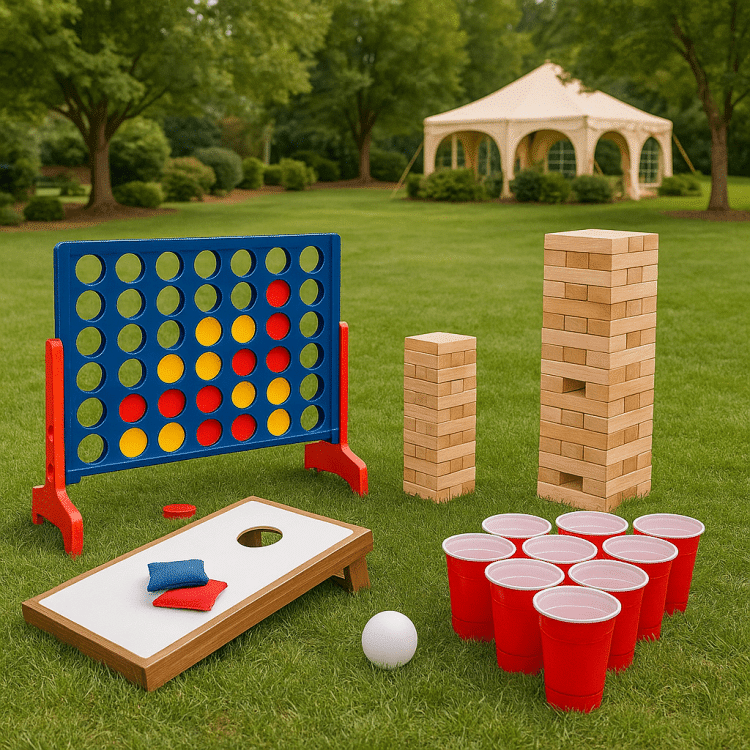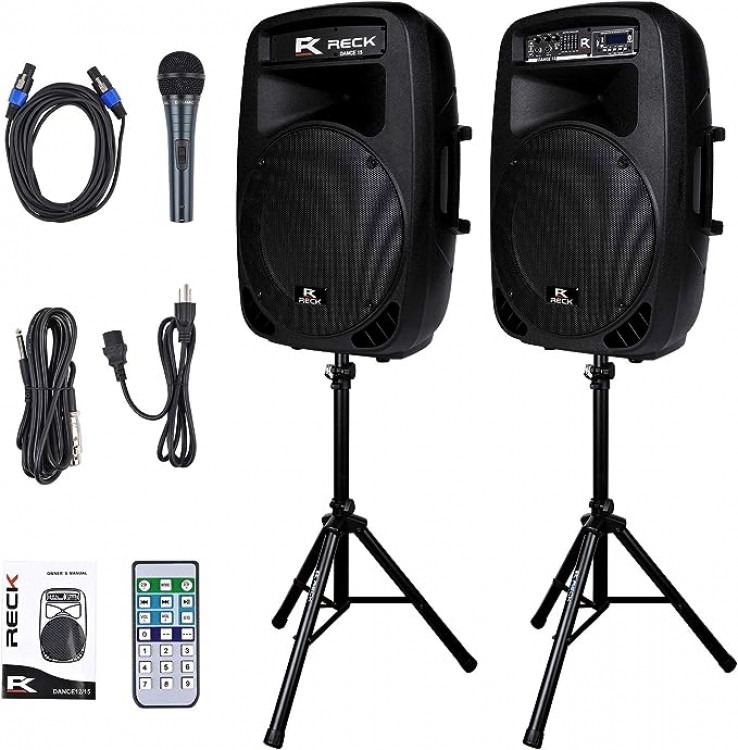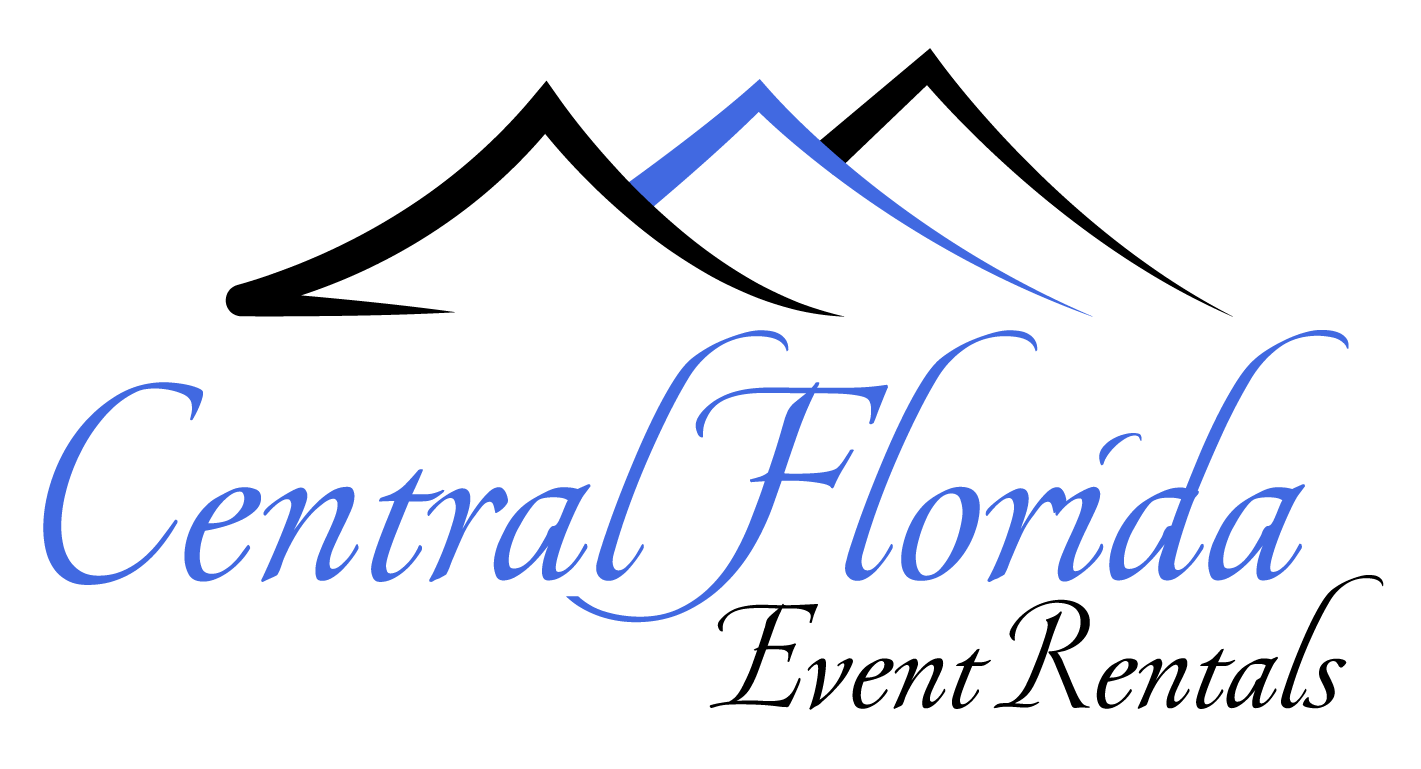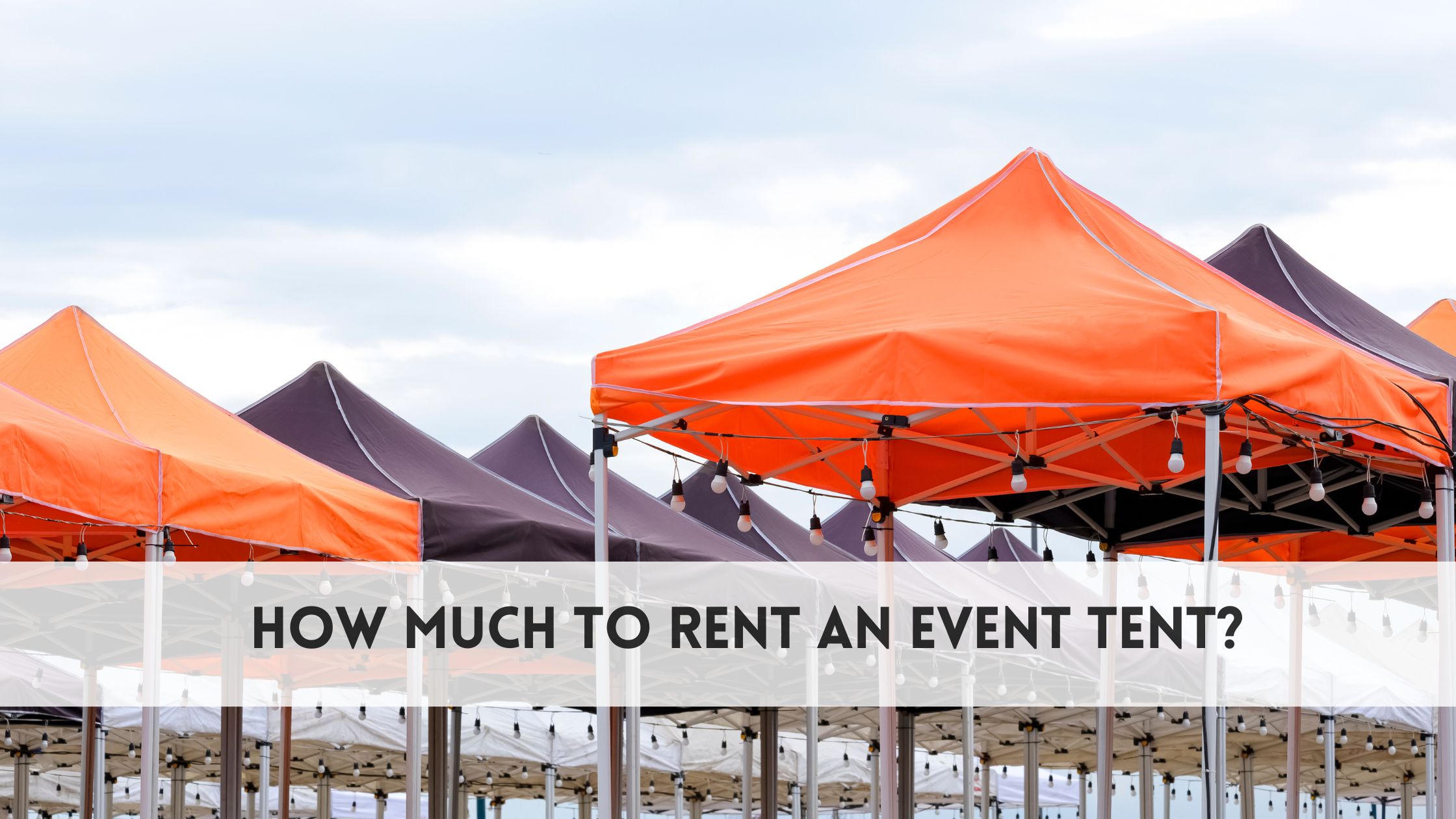
Outdoor events have become increasingly popular for weddings, corporate gatherings, fundraisers, and private celebrations. So,
How much to rent an event tent? Their appeal lies in the flexibility to design a unique atmosphere, accommodate larger groups, and take advantage of natural surroundings. However, one critical element in planning any outdoor event is ensuring comfort and protection from the elements—this is where event tents play a vital role. Renting a tent allows event planners to create a controlled environment regardless of weather conditions. From elegant pole tents to modern frame structures, tents provide not only shelter but also the ability to customize layouts, lighting, flooring, and decor. They help define spaces, improve guest flow, and structure outdoor venues. Understanding the cost of event tent rentals, the types available, and what affects pricing is essential to staying within budget while delivering a seamless guest experience. This guide covers everything you need to know.
How much to rent an event tent?
The cost to rent an event tent in Mount Dora, FL, can vary based on tent type, size, rental duration, and additional services. Here’s a quick look at typical pricing:
| Tent Size | Capacity | Tent Type | Average Cost (1 Day) |
| 10×10 (100 sq ft) | 10-15 people (standing) | Pop-up | $100 – $150 |
| 20×20 (400 sq ft) | 30-50 people | Frame or Pole | $275 – $450 |
| 30×30 (900 sq ft) | 75-100 people | Frame or Pole | $700 – $950 |
| 40×60 (2,400 sq ft) | 150–200 people | Pole or Clearspan | $1,600 – $2,500 |
| 60×100 (6,000 sq ft) | 300+ people | Structure Tent | $4,000 – $6,000+ |
10×10 Tent (Pop-up)
A 10×10 tent, offering 100 square feet of space, is best suited for small outdoor events such as vendor booths, kiosks, or intimate gatherings. It accommodates 10–15 people standing and is often used at fairs, markets, or backyard functions. Pop-up tents are lightweight, easy to set up, and offer basic protection from the sun or light rain. If you’re hosting a short event with minimal space needs, this size is efficient and cost-effective. It’s also an excellent option when multiple small tents are required across different areas. When considering how much to rent an event tent for a basic need, this is typically the starting point.
20×20 Tent (Frame or Pole)
A 20×20 event tent covers 400 square feet and can comfortably hold 30–50 guests, depending on the layout. It’s a popular choice for birthday parties, bridal showers, small ceremonies, or VIP lounges at festivals. Available in both frame and pole styles, it offers more flexibility than a pop-up tent while still being relatively easy to install. This size allows room for dining tables, chairs, or a compact buffet area. Whether you need a shaded space or a weather-ready setup, the 20×20 is a balanced solution. When asking how much to rent an event tent with medium capacity, this size is commonly recommended.
30×30 Tent (Frame or Pole)
The 30×30 tent provides 900 square feet of coverage, making it suitable for events hosting 75–100 guests. It’s often used for wedding receptions, networking events, or corporate mixers. The extra space supports more elaborate layouts, such as dining, dance floors, or presentations. Available in both frame and pole types, this tent combines aesthetic appeal with functional versatility. For planners seeking a professional, polished setup that doesn’t require a massive footprint, the 30×30 size hits the sweet spot. It’s commonly rented for both social and professional events. Those researching how much to rent an event tent for larger gatherings often land on this size.
40×60 Tent (Pole or Clearspan)
A 40×60 event tent offers a generous 2,400 square feet, comfortably accommodating 150–200 people. This tent size is well-suited for weddings, large family reunions, galas, and community festivals. Available in pole or clearspan configurations, it allows for open interior layouts without obstruction, perfect for banquet seating, full staging, and elaborate decor.
Clearspan tents provide additional strength and style, especially for luxury events. This size offers enough room to incorporate lounge areas, bars, and dance spaces. When determining how much to rent an event tent for formal or high-traffic events, this tent size frequently becomes the preferred option among professional planners.
60×100 Tent (Structure Tent)
Spanning 6,000 square feet, the 60×100 tent is a large-scale solution ideal for events with over 300 guests. Commonly used for trade shows, concerts, fundraisers, or massive corporate functions, this structure is engineered for durability and space. It allows for full event infrastructure, including catering stations, large dining setups, entertainment stages, and climate control systems. Structure tents are highly customizable and provide an enclosed environment that mimics permanent venues. For those organizing high-capacity events with extensive logistics, this size ensures seamless accommodation. If you’re exploring how much to rent an event tent for major productions, this is the most comprehensive option available.
What Factors Influence Tent Rental Prices?
Several important factors contribute to the total cost of an event tent rental. Understanding these elements helps ensure better planning and more accurate budgeting for your event.
Tent Size & Guest Count
- Larger tents require more materials, labor, and setup time, which naturally increases the rental price.
- Tents for seated dinners, stages, or entertainment areas need additional square footage.
- Overestimating your space needs can result in paying more than necessary, so consult with your rental provider.
Tent Style
- Pop-up tents are the most budget-friendly option, ideal for casual or short-term use.
- Frame tents offer open interior space and can be installed on various surfaces like concrete or pavement.
- Pole tents are visually appealing with high peaks but require staking into the ground.
- Clear span tents provide a clean, modern look and are often used for upscale or corporate events.
- Sailcloth tents are elegant and commonly selected for weddings and high-end celebrations.
Rental Duration
- A longer rental period often involves higher costs due to extended use and labor needs.
- Some vendors offer discounts for multi-day or weekend rentals as part of a package deal.
- Always confirm how many days are included in your quote to avoid surprise charges.
Time of Year
- High-demand seasons like spring and fall tend to have increased pricing due to limited availability.
- Booking your tent early can lock in a lower rate and secure your preferred style and size.
- Off-season events may offer opportunities for discounts or added-value services.
Terrain and Setup Conditions
- Uneven, rocky, or sloped surfaces may require specialized anchoring or platforms.
- Tight spaces or restricted access areas increase labor time and complexity.
- Setups on public land or near buildings may also involve additional permits and compliance checks.
Additional Costs to Consider
| Add-on | Estimated Cost |
| Sidewalls (solid/clear) | $1 – $4 per linear foot |
| Flooring | $1.50 – $5 per sq ft |
| Lighting | $100 – $400+ |
| Fans/Heaters | $50 – $200 each |
| Draping & Decor | $250 – $1,000+ |
| Permits (if required) | Varies by city or venue |
Should You Rent vs Buy Your Next Event Tent?
Choosing between renting or buying an event tent depends on how often you host events, your budget, and your long-term goals. Each option has clear advantages based on the situation.
When to Rent an Event Tent
Renting is typically the best solution for one-time or occasional events where convenience and cost-efficiency are priorities.
- Cost-Effective for One-Time Use: Ideal for weddings, birthday parties, baby showers, or corporate celebrations with no recurring need.
- All-Inclusive Services: Most rental companies provide delivery, setup, takedown, cleaning, and maintenance, saving you time and labor.
- No Storage or Maintenance: No need to worry about cleaning, storing, or repairing the tent after use.
- Access to Latest Styles: Renting gives you access to trendy or high-end tent styles without the upfront cost of ownership.
When to Buy an Event Tent
Buying an event tent is more suitable for businesses or individuals who frequently host large-scale events.
- Cost-Efficient for Frequent Events: Great for caterers, event planners, or businesses that host regular outdoor functions or festivals.
- Brand Customization: You can personalize the tent with company logos, colors, or custom layouts for brand visibility and consistency.
- Control Over Setup: Ownership allows you to schedule and handle tent installations on your terms, without rental lead times.
- Long-Term Investment: Over time, the cost of multiple rentals may exceed the purchase price of a high-quality tent, making ownership more economical.
Consider the 5 Major Tent Types & Typical Sizes for Each
Choosing the right type ensures your guests are comfortable and your venue is functional.
| Tent Type | Best For | Common Sizes | Pros |
| Pop-Up Tent | Small vendor booths | 10×10, 10×20 | Affordable, fast setup |
| Frame Tent | Versatile events | 20×20, 30×30, 40×40 | No center poles, great for patios |
| Pole Tent | Weddings, festivals | 40×60, 60×100 | Classic look, requires staking |
| Clear Span Tent | High-end or industrial | 30×60 to 60×150+ | Durable, no interior poles |
| Sailcloth Tent | Elegant outdoor events | 44×83, 59×119 | Aesthetic, softer lighting effect |
- Pop-up tents are compact, affordable, and ideal for small vendor booths or casual setups. They come in sizes like 10×10 or 10×20 and offer fast, easy installation.
- Frame tents are versatile and preferred for patios or hard surfaces since they don’t require center poles. They range in sizes such as 20×20 to 40×40 and provide an open, unobstructed layout.
- Pole tents deliver a classic, elegant look—perfect for weddings and festivals. Common sizes include 40×60 and 60×100, but they require staking into the ground, making them best for grassy areas.
- Clear span tents are highly durable and suited for upscale or industrial events. With no interior poles and size options from 30×60 to over 60×150 feet, they’re ideal for large gatherings.
- Sailcloth tents are known for their beauty and soft lighting effect, often chosen for elegant outdoor weddings. Sizes such as 44×83 and 59×119 provide both style and spaciousness.
Ways to Minimize Your Tent Rental Budget
Looking to reduce your event costs while still providing a professional and functional tent setup? These proven strategies will help you save on your tent rental without compromising quality or guest comfort.
Book Early
- Reserve 3–6 months in advance: Early reservations help you avoid last-minute price hikes, especially during spring and fall, which are peak event seasons.
- Secure availability of preferred tent types: Waiting too long can leave you with limited tent options or forced upgrades.
- Take advantage of seasonal discounts: Many rental companies offer early booking incentives or off-season packages.
Use In-House Vendors
- Ask your venue for recommended rental partners: Many have negotiated rates with trusted vendors, saving you 10–20% on average.
- Streamlined logistics: In-house vendors are familiar with the space, minimizing delays and potential setup issues.
- Package deals often include: Preferred vendors may offer tent rentals bundled with lighting, flooring, or tables for less than sourcing separately.
Bundle Rentals
- Consolidate rental items: Getting everything from one source—tent, tables, chairs, and accessories—can reduce total cost and simplify coordination.
- Reduced delivery and labor fees: Fewer vendors mean fewer delivery charges and setup costs.
- Higher negotiation leverage: Renting multiple items gives you more room to ask for discounts or free upgrades.
Avoid Overestimating Size
- Match the tent size to the guest count: Overestimating square footage leads to higher rental and accessory costs. Use industry sizing charts to select the right fit.
- Consider your layout needs: Don’t assume you need the largest tent—factor in seating style, dance floors, and buffets when calculating dimensions.
- Ask for a professional layout plan: Many rental companies provide CAD layouts or diagrams to visualize and optimize space without overspending.
Skip Luxury Add-ons
- Prioritize functionality: Focus on what’s necessary—shade, rain protection, seating—before adding enhancements like chandeliers or drapes.
- Limit decor upgrades: While clear walls, ambient lighting, or designer linens look stunning, they can double your cost. Only include them if they directly impact guest experience.
- Go with practical lighting and flooring: Instead of extravagant upgrades, consider string lights or basic vinyl flooring to maintain ambiance affordably.
Final Words
Determining
How much to rent an event tent is a crucial part of planning any successful outdoor gathering. Tents provide structure, comfort, and protection from the elements, making them essential for weddings, corporate events, festivals, and private celebrations. The right tent rental not only enhances the aesthetic of your event but also ensures that guests enjoy a seamless experience, regardless of weather or terrain. From selecting the appropriate tent type and size to coordinating accessories like flooring and lighting, every detail contributes to the overall outcome. Working with a reputable rental company ensures you receive guidance on the most suitable options for your specific event needs. By focusing on quality, functionality, and thoughtful planning, you can achieve a customized solution that delivers both style and reliability. While researching, always consider layout requirements, guest comfort, and setup logistics to ensure your event is well-executed from start to finish.
 Outdoor events have become increasingly popular for weddings, corporate gatherings, fundraisers, and private celebrations. So, How much to rent an event tent? Their appeal lies in the flexibility to design a unique atmosphere, accommodate larger groups, and take advantage of natural surroundings. However, one critical element in planning any outdoor event is ensuring comfort and protection from the elements—this is where event tents play a vital role. Renting a tent allows event planners to create a controlled environment regardless of weather conditions. From elegant pole tents to modern frame structures, tents provide not only shelter but also the ability to customize layouts, lighting, flooring, and decor. They help define spaces, improve guest flow, and structure outdoor venues. Understanding the cost of event tent rentals, the types available, and what affects pricing is essential to staying within budget while delivering a seamless guest experience. This guide covers everything you need to know.
Outdoor events have become increasingly popular for weddings, corporate gatherings, fundraisers, and private celebrations. So, How much to rent an event tent? Their appeal lies in the flexibility to design a unique atmosphere, accommodate larger groups, and take advantage of natural surroundings. However, one critical element in planning any outdoor event is ensuring comfort and protection from the elements—this is where event tents play a vital role. Renting a tent allows event planners to create a controlled environment regardless of weather conditions. From elegant pole tents to modern frame structures, tents provide not only shelter but also the ability to customize layouts, lighting, flooring, and decor. They help define spaces, improve guest flow, and structure outdoor venues. Understanding the cost of event tent rentals, the types available, and what affects pricing is essential to staying within budget while delivering a seamless guest experience. This guide covers everything you need to know.
